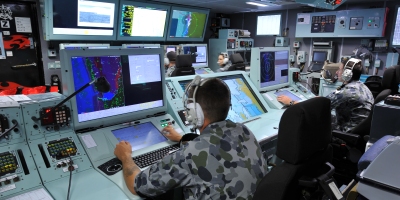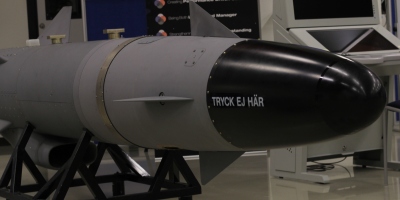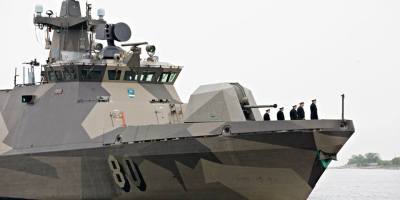
Tag: LV2020
16 Posts


ESSM for the Pohjanmaa-class

Baltic Sea, Blog Posts, Finland, Naval
Naval Defence Day 2018 – Only Change is Constant

Air, Army, Blog Posts, Finland, Naval
The Rocketeers

Gabriel announced for PTO2020

9LV offered for Squadron 2020

RBS15 – on the road to the Next Generation

Ballistic Missile Defence for Pohjanmaa?

Saab Bound for Naval Grand Slam?

